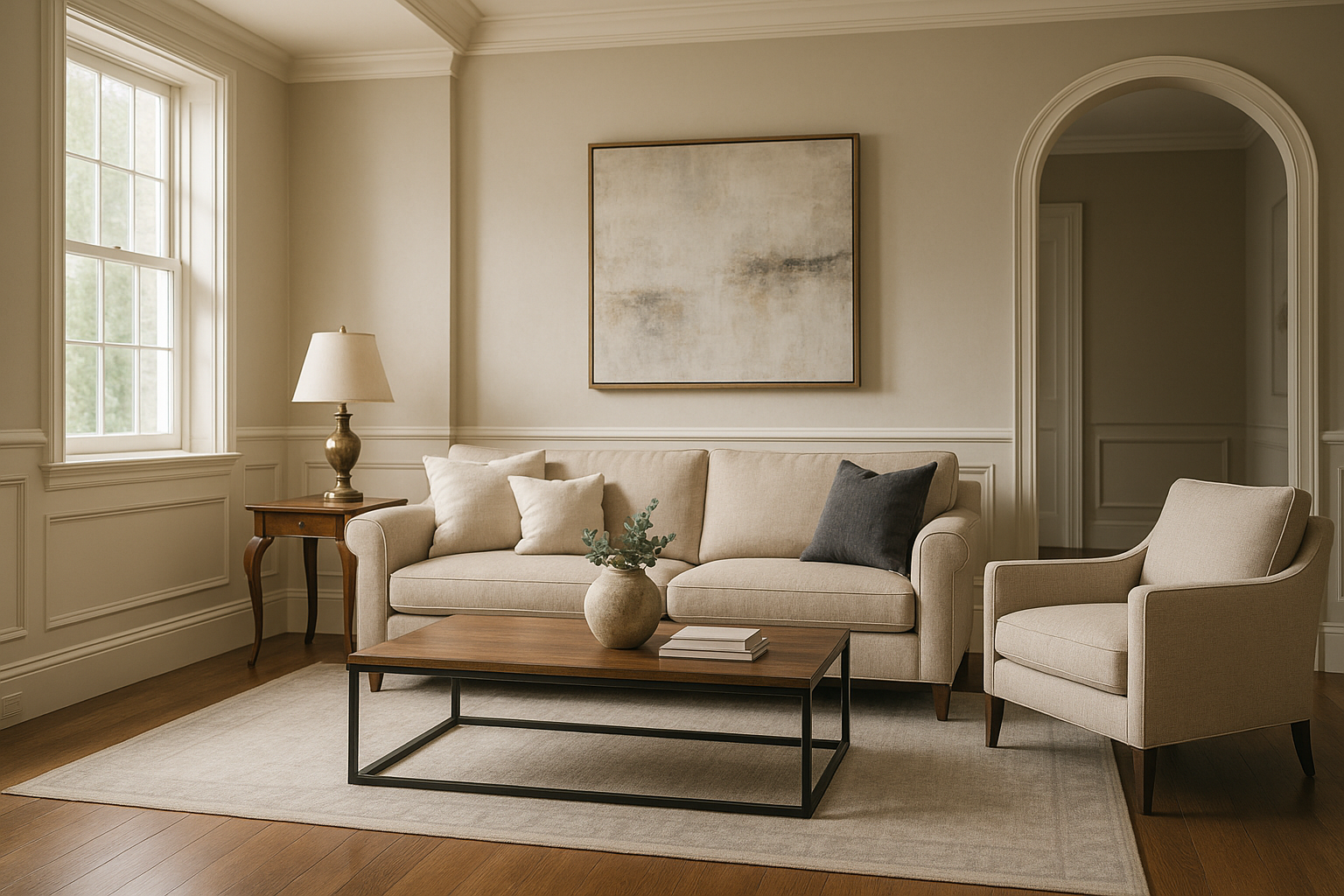"Transforming Traditional Spaces: The Rise of Transitional Design in Homes"
Introduction: Imagine a living space that artfully blends the timeless charm of traditional elements with the crisp, clean lines of contemporary design. This is the essence of transitional design, a trending style that's reshaping the way we perceive and interact with our homes. Delve into the roots of this fascinating movement, discover its unique elements, and learn to infuse your space with a blend of old and new that is both comforting and cutting-edge.

The Birth and Growth of Transitional Design
Transitional design was born out of a desire to bridge the gap between traditional and contemporary styles. It emerged in the late 20th century as homeowners began to crave a balance between the familiar comfort of classic elements and the sleek simplicity of modern design. The style has evolved over time, reflecting our changing lifestyles and the growing appeal of spaces that are both functional and aesthetically pleasing.
The Hallmarks of Transitional Design
Transitional design is characterized by a harmonious blend of old and new. Traditional elements such as crown molding, wainscoting, and warm, rich colors are paired with contemporary features like clean lines, minimalist accessories, and a neutral color palette. The result is a space that exudes a timeless elegance, while still feeling fresh and modern.
The Appeal and Practicality of Transitional Design
Transitional design has gained popularity for its flexibility and adaptability. It allows homeowners to enjoy the best of both worlds, combining the warmth and familiarity of traditional design with the clean, streamlined aesthetics of contemporary styles. This hybrid approach not only creates visually appealing spaces, but also enhances the functionality and comfort of our homes.
Current Trends and Market Insights
Today, transitional design is emerging as a dominant trend in the home decor market. It appeals to a broad demographic, from young urban dwellers seeking a touch of classic elegance in their modern lofts, to older homeowners looking to update their traditional homes with a contemporary twist. The versatile nature of transitional design makes it an attractive choice for homeowners and interior designers alike.
Bringing Transitional Design into Your Home
Creating a transitional space is all about balance and subtlety. Start by incorporating classic architectural elements, then add modern furnishings with clean lines and neutral tones. Accessories should be kept to a minimum, allowing the blend of styles to shine through. Remember, the goal is to create a space that feels both familiar and forward-thinking, a place where past and present coexist in perfect harmony.
In conclusion, transitional design offers a creative and practical solution for those seeking to blend the old with the new. By incorporating elements of both traditional and contemporary styles, you can create a home that is not only visually stunning, but also deeply personal and reflective of your unique tastes. So why not give transitional design a try? It might just be the fresh perspective you’ve been looking for.




